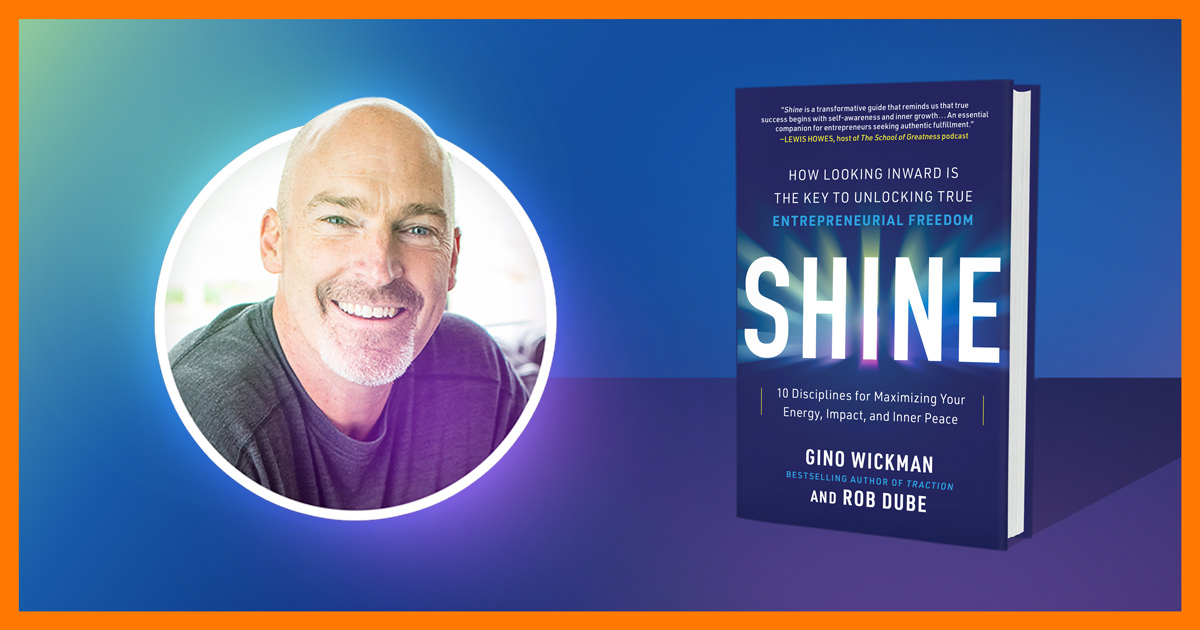 ”Five frogs are sitting on a log. Four decide to jump off. How many are left? Five, because deciding is different than doing.” That is how Fred Kofman begins his post entitled Are You Making This Mistake at the End of Your Meetings? If you are a member of LinkedIn, you can read the whole post here. It is worth it. Lots of practical advice. The gist is that you must make a commitment to solve the problem, not just discuss it.
”Five frogs are sitting on a log. Four decide to jump off. How many are left? Five, because deciding is different than doing.” That is how Fred Kofman begins his post entitled Are You Making This Mistake at the End of Your Meetings? If you are a member of LinkedIn, you can read the whole post here. It is worth it. Lots of practical advice. The gist is that you must make a commitment to solve the problem, not just discuss it.
Too often leaders get together and discuss their challenges and end meetings with no definitive plan to solve the problem. They do this sometimes out of fear that they may be wrong. Other times they do so because they can’t reach a consensus, or worse, they can’t reach 100% agreement. Whatever the reason, they end up revisiting their issues over and over. Or they choose to discuss and potentially solve an easier issue. Or they brush the issue under the rug. Or maybe they put band aids on the issues and plan on dealing with them some other time. Or they decide to gather more data. Or hope they go away. Sound familiar?
Companies running their businesses on EOS, the Entrepreneurial Operating System, use a tool called IDS,- which stands for Identify, Discuss, and Solve to break this syndrome.
First, they compartmentalize their issues and make sure they are being dealt with at the appropriate level in the company. Second they prioritize their issues and make sure they are dealing with the most important ones first. Third, they Identify the root cause(s) of the problem. Then, and only then, do they discuss it. They make sure that everyone who has relevant experience gets a chance to express their point of view. Once, because more than once is politicking. Then one of two scenarios play out.
Having agreed on one or a few possible permanent solutions to the problem, they determine if there is 100% agreement on one of them. If so, they choose that one to implement and make sure it has an owner, a time frame for implementation and a desired, measurable outcome.
If there isn’t 100% agreement, the leader (in EOS terminology we call that person the Integrator) chooses. There is no voting beyond the initial hoped for 100%. Everyone has had a chance to express their relevant points of view in the discussion, so there is no need to seek consensus. Disagree and commit because you have been heard and you must act for the greater good. They then proceed as above where there was 100% agreement.
Accept the fact that there won’t be a perfect score. There will be some failures. Fail quickly and recover. It is far better than being in hopeless deadlock or ignoring the issue. All leaders have to act for the greater good of the company. Because if they do, so will those who follow them.



